
A new literature review offers a summary of the latest research into uncomplicated bacteremia.

A new literature review offers a summary of the latest research into uncomplicated bacteremia.

A phase 2 trial of an experimental universal flu vaccine is moving forward with sponsorship from The National Institute of Allergy and Infectious Diseases.

A recent study finds that ibrutinib may be associated with serious infections in patients with lymphoid cancer.

The burden of prostate, breast, and lung cancers among those living with HIV is expected to rise by 2030.
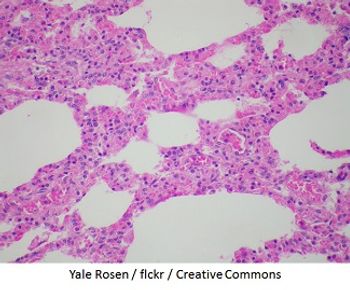
Novavax announces that enrollment in phase 3 Prepare trial has reached approximately 4,600 participants, of whom, at least 3,000 have received the RSV F vaccine.

Combatting CRE requires analysis trends within patients - a new study is filling the void.
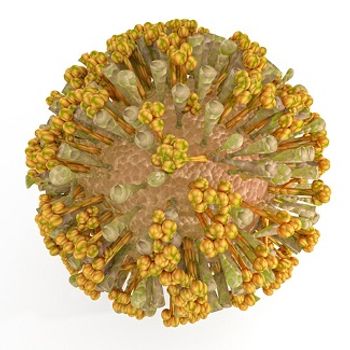
If clinical development progresses, the PaxVax vaccine could potentially become the first vaccine approved by the FDA for the prevention of chikungunya.

A recent study finds high dose of oral vancomycin may be optimal treatment for C. difficile.

In case you missed them, we’ve compiled a list of the latest recalls posted this week.

Stay up-to-date on the latest infectious disease news by checking out our top 5 articles of the week.

The World Health Organization has a new way to identify cost-effective measures to address the increasing prevalence of drug-resistant HIV in sub-Saharan Africa.

A recent study has found that a single-dose of Merck's Ebola vaccine delivers antibodies that can last for 1 to 2 years.

Data from the IGNITE4 phase 3 trial supports the use of eravacycline for the treatment of complicated intra-abdominal infections (cIAI), including infections caused by pathogens resistant to other antibiotics.

New software unveiled last month suggests hospitals could make patient-specific predictions of antibiotic susceptibility.

Tuberculosis treatment is long and rigorous, but a new study by Johns Hopkins School of Medicine suggests that a smartphone application may help patients adhere to their daily medication regimens.

The first fatality associated with the ongoing multistate E. coli outbreak linked with romaine lettuce has been reported by the CDC.
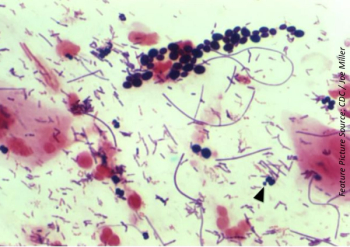
The FDA has granted QIDP and Fast Track Designations for the oral formulation of SCY-078 for the treatment of vulvovaginal candidiasis.

However, the FDA's Drug Advisory Committee did not feel that there was substantial evidence regarding the safety and effectiveness of plazomicin for the treatment of bloodstream infections in patients with limited or no treatment options.

An outbreak of infections caused by the drug-resistant fungus, Candida auris, in one United Kingdom hospital has been linked to multi-use patient equipment.
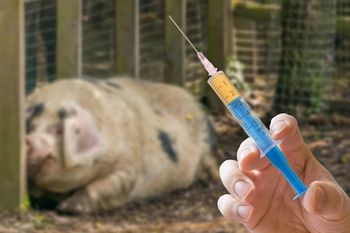
The rise in antibiotic resistance has led experts to focus on how to appropriately manage and regulate shared-use antibiotics in humans and animals.

The FDA has accepted for review the NDA for Mayne Pharma’s SUBA-Itraconazole capsules for the treatment of 3 systemic fungal infections.

The tech mogul shares that world leaders need to prepare for the next pandemic—whatever the root cause—including plans for mobilizing military, health, and other resources while coordinating efforts with private industry.

This emotional drive carried throughout the continuum of the prescribing pathway, from initial prescription to stopping or de-escalating antibiotics.

The US Food and Drug Administration (FDA) votes that the benefits of TPOXX outweigh its risks.
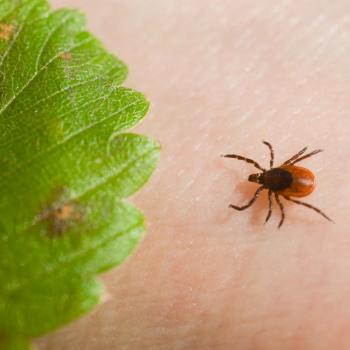
New CDC report warns of the growing burden of vector-borne diseases in the United States.
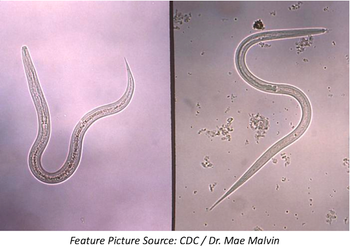
A recent study finds that treatment with albendazole was associated with improved physical fitness in women farmers infected with hookworm.

Experts need to be ready to respond to outbreaks of emerging mosquito-borne diseases in the United States.

More individuals are falling ill in what officials are referring to as the largest E. coli outbreak since 2006.
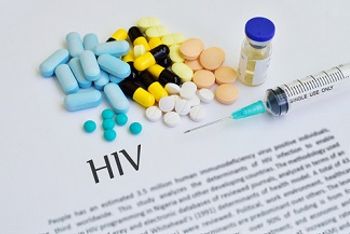
The US Food and Drug Administration (FDA) approved this new intravenously-administered HIV medication for patients who are suffering from multidrug-resistant HIV who have failed other antiretroviral therapies.

A new study gives strong reasons to back implementing cleaning strategies for hospital privacy curtains.